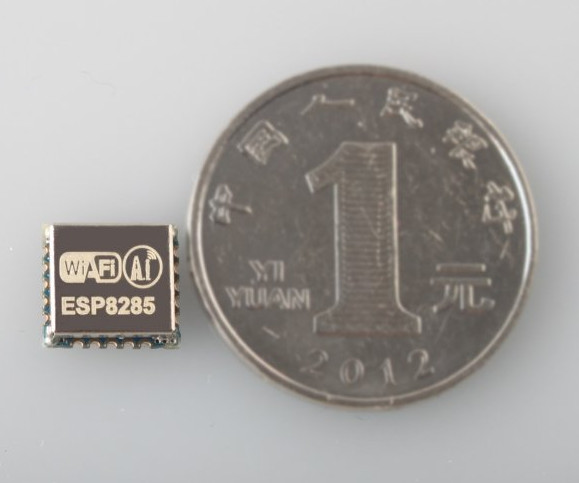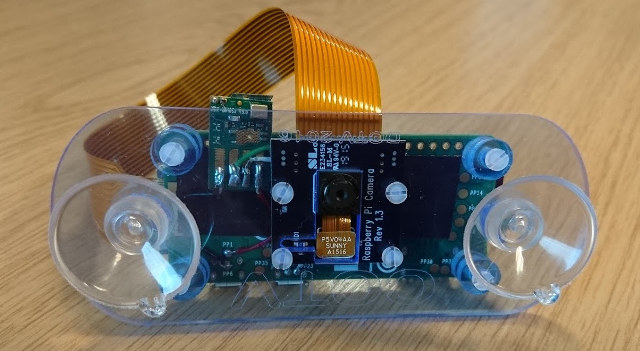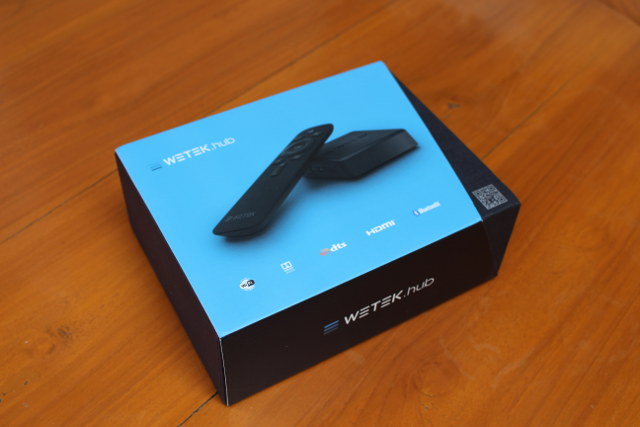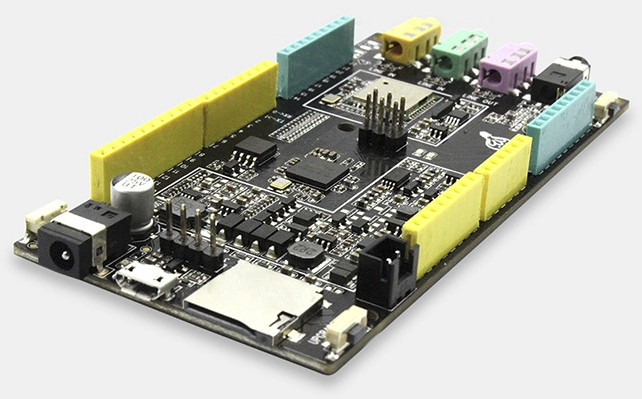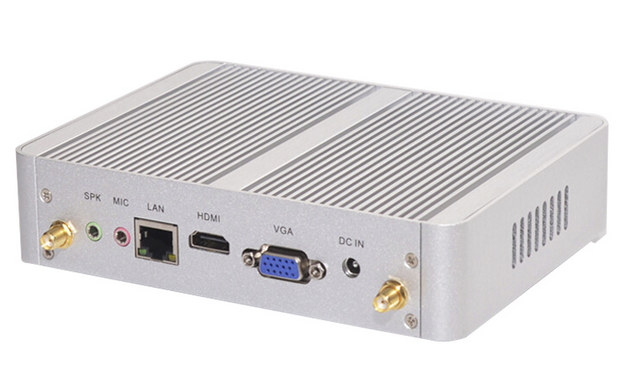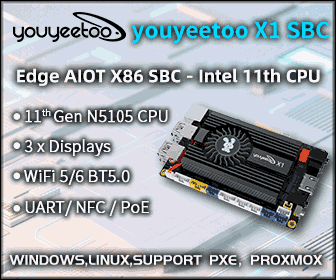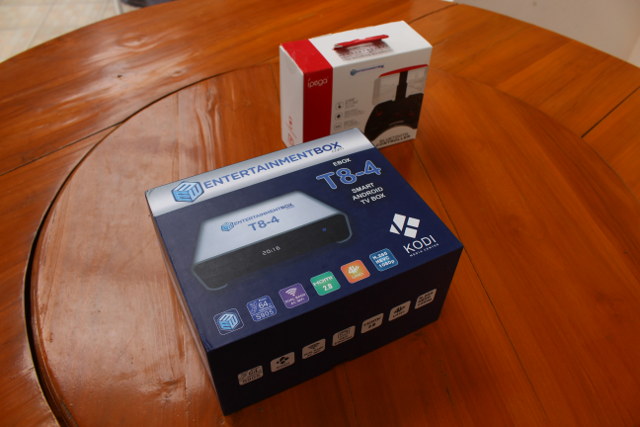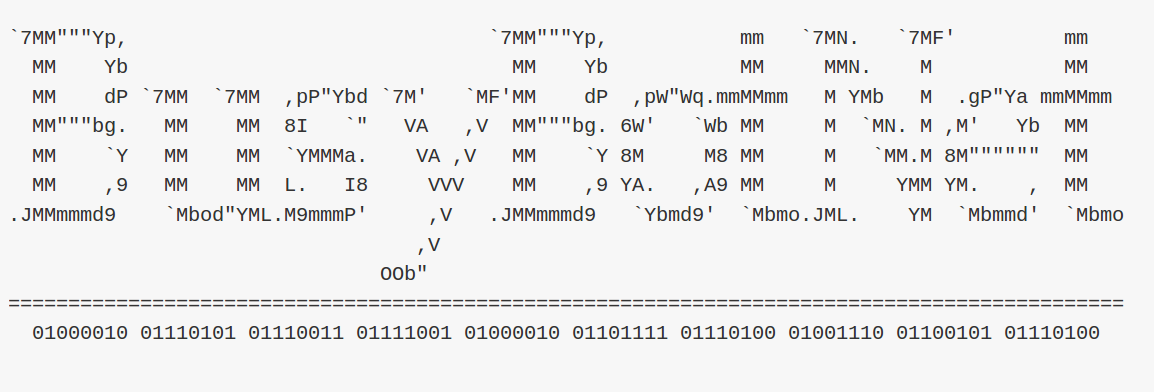Espressif announced ESP8285 WiFi SoC was entering production last March. The new processor is based on ESP8266, but the company added 1MB built-in flash to make the solution smaller, and more suitable to wearables such as smartwatches and activity trackers. ESP8285 features a Tensilica L106 32-bit MCU and another ultra-low-power 16-bit RISC core, as well as 802.11 b/g/n/d/e/i/k/r WiFi connectivity. AI Thinker has already produced a tiny module based on the solution, called ESP-8285, and another person has developed an ESP8285 development board sold on Tindie for $24.95, and with some code sample (Arduino sketches) on Github. You’ll also find some more technical information on a Devacron blog post, or inside the datasheet on Espressif website. Via Hackaday
DIY Wireless Window/Glass Mounted Camera Based on Raspberry Pi Zero Board
A few weeks ago, the Raspberry Pi foundation announced a new version of the Raspberry Pi Zero with a CSI camera connector. Since the solution is quite lightweight, Steven Cassidy had the idea to make a WiFi enabled window camera by soldering a USB WiFi module and fitting the hardware to a plastic part with two suction cups. Once the assembly is done, you can stuck the hardware to a window or glass of your choice in your home, car, aquarium, etc… If you like the concept but would like to have something working out of the box instead of making your own, the Pi Hut has design ZeroView on the same principle, and which will sell for 7 GBP (~$10.3).
WeTek Hub TV Box Unboxing and Teardown
WeTek Hub is the latest TV box by WeTek running Android 5.1 or OpenELEC, with support for Widewine Level 1 allowing Netflix HD in Android as well as Microsoft Playready DRM, and featuring Amlogic S905-H Rev. C processor that fixes video playback issues on some 4K H.265 DVB streams, and includes Dolby and DTS licenses. The company has now sent me a unit for review, and I’ll check the hardware first before reviewing the TV box in a separate post. WeTek Hub Unboxing The device comes in a blue and black retail package showing some of the key features including WiFi, Dolby, DTS, HDMI, and Bluetooth support. The QR Code on the package redirects to http://www.wetek.com/qr/201603, which just looks like WeTek main page. The top cover of the package can slide to reveal more small boxes with the device and accessories. The device ships with a basic IR remote control […]
Fireduino Arduino Compatible Board Features Rockchip RKnanoD Dual Core Cortex-M3 MCU (Crowdfunding)
Rockchip RKNanoD dual core Cortex M3 micro-controller was introduced last year for IoT and audio applications, and the Firefly team, known for their FirePrime or Firefly-RK3288 development boards, has designed an Arduino compatible board based on the MCU with lots of audio ports, Arduino headers, and WiFi connectivity. Fireduino specifications: MCU – Rockchip RKnanoD dual core ARM Cortex M3 MCU @ up to 250 MHz (system core) / 500 MHz (calculate core) with respectively 640 KB and 384 KB RAM Storage – 4 or 8MB SPI flash + micro SD slot Audio 24-bit/192 KHz audio codec (built in MCU) with HW accelerator for APE, FLAC, OGG, and MP3 audio decoding 1x 3.5mm analog audio jack 2x 3.5mm LINE In jacks 1x On-board microphone DLNA wireless audio support Connectivity – 802.11 b/g/n WiFi via Ampak AP6181 module Expansion Arduino header with I2C, SPI, ADC, GPIO, PWM, UART LCD interface (Intel 8080 […]
ARMv8 64-bit Processors To Replace Intel Xeon and SPARC64 Processors in Some Supercomputers
There’s been some news recently about Sunway TaihuLight supercomputer which nows top the list of the 500 fastest super computers with 93 PFLOPS achieved with Linpack, and is comprised of 40,960 Sunway SW26010 260 core “ShenWei” processors designed in China. But another interesting development is that ARMv8 are also slowly coming to supercomputers, starting with TianHe-2 super computer which is currently using Intel Xeon & Xeon Phi processors and second in the list, but according to a report on Vrworld, the US government decided to block US companies’ sales (i.e. Intel and AMD) to China as they were not at the top anymore, and also blocked Chinese investments into Intel and AMD, so the Chinese government decided to do it on their own, and are currently adding Phytium Mars 64-core 64-bit ARM processors to expand TianHe-2 processing power. Once the upgrade is complete Tianhe-2 should have 32,000 Xeons (as currently), […]
Partaker B4 Intel Celeron N3150 Barebone mini PC Sells for $131
This week-end I received Vorke V1 mini PC powered by Intel Celeron J3160 processor, and with upgradable memory, storage and WiFi as explaining in the first part of the review, and with a $160 price tag after coupon I found it to be pretty good value (Normal price is $200). But still, one person commented that it was too expensive, while another mentioned that some people may prefer to buy extra components such as SO-DIMM RAM, mSATA SSD, and wireless modules locally in order to benefit from a local warranty. So I went on aliexpress to find barebone mini PCs based on Intel Celeron J3160 processor, and I had no luck probably because the processor is relatively recent, so I refocused my search on Intel Celeron N3150 processor which has roughly the same performance, and the one of the cheapest options I could find was Partaker B4 mini PC selling […]
EBox T8-4 TV Box and Ipega Bluetooth Game Controller Unboxing and Teardown
Entertainmentbox.com is a UK based shop specializing in TV box, and the company sent me their latest Amlogic S905 TV Box running Android 5.1 with EBMC based on Kodi 16.1, featuring an internal 2.5″ SATA bay, as well as an interesting and different design. I’ll write a two part review as usual, starting with specifications, and photos of the device, accessories, and internals, before actually testing the device in the second part of the review in a few weeks. EBox T8-4 specifications The TV box, also called Ebox T8 V4, has the following specifications: SoC – Amlogic S905 quad core ARM Cortex-A53 @ up to 2.0GHz with penta-core Mali-450MP GPU @ 750 MHz System Memory – 2GB DDR3 Storage – 16GB eMMC 5.0 flash + SD card slot + internal 2.5″ SATA bay for HDD or SSD Video Output – HDMI 2.0 up to 4K @ 60 Hz with HDMI […]
BusyBotNet is a Fork of Busybox with Security Tools
Busybox provides a lightweight version of common command line utilities normally found on “big” Linux into a single binary, in order to bring them to embedded systems with limited memory and storage. As more and more embedded systems are now connected to the Internet, or as they are called nowadays the Internet of Things nodes, adding security tools, such as cryptographic utilities, could prove useful for administrators of such system, and so BusyBotNet project wsa born out of a fork of Busybox. Some of the tools implemented include: fenc to encrypt stuff with salsa algo tsh. needs work, backdoor shell aes enc rathole backdoor shell, blowfish enc ssyn2 ddos tool sudp udp ddos tool jshon sh wrapper for json hydra prism userspace icmp triggered reverse shell backdoor You can access the source code and instructions on busyboxnet github repo. I’ve quickly tried it in my AMD x86 computer running Ubuntu […]


